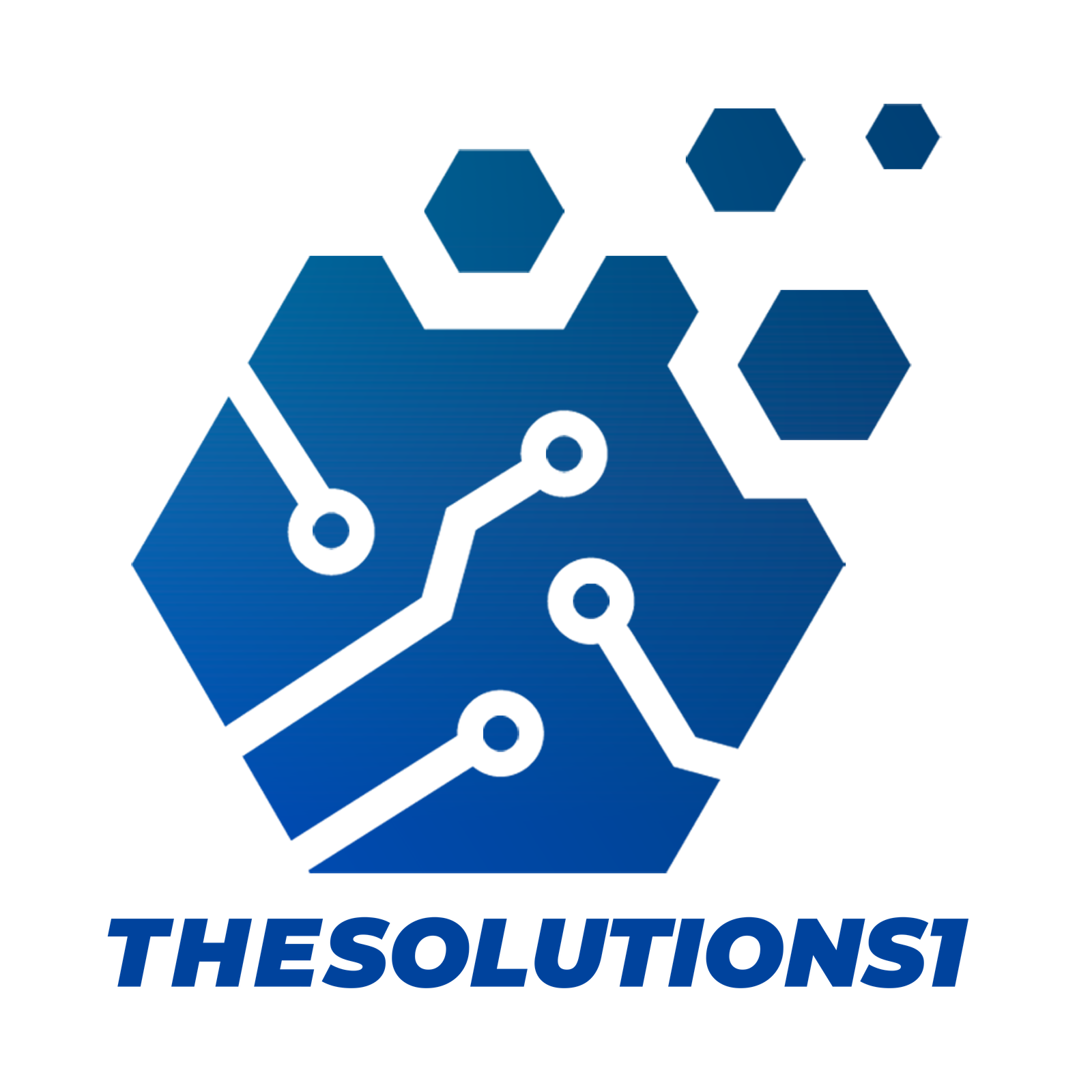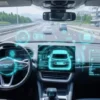The marriage of artificial intelligence and winemaking might seem like an unlikely pairing. Still, at Chateau Montelena – the historic Napa Valley winery that helped put American wines on the world stage – cutting-edge technology is transforming how premium wines are produced.
“AI in the wine industry is still in its infancy,” says Matt Crafton, winemaker at Chateau Montelena. Yet the potential applications are already proving revolutionary, offering new insights into every aspect of wine production, from the vineyard to the cellar.
Smart Monitoring In The Vineyard
At Chateau Montelena, AI’s impact begins with innovative vine monitoring systems. Using technology adapted from facial recognition software, vineyard managers can assess vine health by simply walking down rows with their smartphones. “They take all those images, upload them to their server, and based on data they have they can recognize how the leaf angles change based on sun exposure, they can correlate that to vine water stress,” Crafton explains. This real-time data helps optimize irrigation and care for each vine individually.
The winery also employs aerial imaging and pattern recognition. Using high-resolution photographs taken by planes or drones, AI algorithms can detect subtle changes in individual vines that might indicate problems like clogged irrigation lines before they become visible to the human eye.
“We’re getting these little nudges saying like, ‘Hey, go out to row 45 and head about eight vines in and double check that emitter is working,'” Crafton explains. “It’s being able to recognize these subtle changes that would require tremendous amounts of man hours to determine.”
Reimagining Ancient Practices With Modern Technology
Perhaps the most striking example of AI’s impact comes from Chateau Montelena’s recent replanting project. The winery used AI and solar positioning data to determine the optimal orientation for their vineyard rows – a decision that could impact wine quality for decades to come.
Traditional vineyard layouts often follow a simple rule: rows are planted perpendicular to the nearest road, but as Crafton explains, “there’s no other large logic behind that. The people who set out the roads are the California Department of Transportation – they don’t really care about farming.”
Challenging this convention, Chateau Montelena turned to AI to analyze complex solar and weather data patterns. “Using AI and weather climate data, we determined that we should orient our rows approximately 25 degrees East of true North,” says Crafton. This precise angle ensures that during the hottest part of the day, the sun shines on top of the canopy rather than directly on the grapes, protecting the delicate compounds that give the wine its flavor and character.
The impact of this AI-guided decision has been significant. “We’ve seen a 10 to 15 degrees Fahrenheit temperature delta between berries that are in direct sunlight at the hottest time of the day versus berries that are in shade,” Crafton notes. This temperature difference is crucial because “all of the really beautiful aromatics, the phenolics, the tannins that you taste, all of those wonderful flavors are very, very sensitive to heat.” Too much heat can degrade these compounds, resulting in wines that lack character and complexity.
“We have two vineyard blocks that we planted in 2018 that are now in full production using this new system… the fruit is absolutely dynamite.” This innovative approach demonstrates how AI can help reimagine practices that have remained largely unchanged for generations, leading to measurable improvements in wine quality.
From Cork To Bottle: AI In Production
Even the corks sealing Chateau Montelena’s wines benefit from AI innovation. The winery uses specialized corks from a French company that employs AI modeling to predict how each closure will develop and mature over time. “They’ve modeled this using AI… they’re confident enough, and we are too, seeing the data that each individual closure, in addition to being 100 percent clean, comes with a 30-year integrity guarantee,” Crafton shares. This technology helps ensure that premium wines can age gracefully for decades.
The Human Touch Remains Essential
While AI is proving invaluable for data analysis and pattern recognition, Crafton emphasizes that the technology serves to enhance rather than replace human expertise. “AI doesn’t actually create,” he notes. “There are really only two things in the universe that create: one is evolution, and the other one is human beings.”
This philosophy guides how Chateau Montelena integrates technology into its winemaking process. Rather than using AI to standardize the wines, it leverages it to better understand and express the unique characteristics of each vintage and vineyard block.
The Future Of Fine Wine
Looking ahead, Crafton sees AI playing an increasingly important role in helping winemakers sort through the enormous amount of data generated during wine production.
“Unfortunately, I think there is this idea that more data are better all the time, but the reality is that it just gets overwhelming very quickly,” he explains. The hope is that AI will help identify truly actionable insights, freeing up winemakers to focus on the creative aspects of their craft.
A Toast To Innovation
The integration of AI into fine winemaking represents a fascinating balance between tradition and innovation. While the fundamental art of winemaking remains unchanged, AI is helping prestigious wineries like Chateau Montelena optimize their processes, reduce resource usage, and ultimately produce even better wines.
For wine lovers, this technological evolution means that their favorite bottles are being crafted with unprecedented precision and care while maintaining the creativity and human touch that makes each vintage unique. It’s a reminder that even in an industry steeped in tradition, there’s always room for innovation – especially when it enhances rather than diminishes the artistry at the heart of fine winemaking.




